Have you ever caught wind of the term “inflation” swirling in the news, economic discussions, or even conversations about pocket money?
This economic phenomenon wields a remarkable influence, affecting everything from your pocket change for a sweet treat to the monumental payments tied to your family’s car or house. But, let us embark on a journey to understand this enigmatic concept known as inflation truly.
Decoding the Riddle: What is inflation?
Inflation is the surge in the prices of items and services as time marches on. So, let’s venture deeper into economics to illuminate the essence of inflation.
Defining and measuring inflation can be as straightforward as keeping tabs on the expenses tied to your daily needs, like groceries, clothing, and transportation. By doing this, one can estimate how much people usually shell out for everyday essentials.
A yardstick commonly used to gauge inflation is the Consumer Price Index (CPI). This tool groups various items, providing a lens through which changes in price levels across time can be examined.
Varieties of Inflation
Inflation comes knocking for a multitude of reasons. Let’s meticulously explore the various guises of inflation and the underlying forces that drive them.
#1. Cost-Push Inflation
Imagine a scenario where the cost of creating goods and services shoots up. Suppose the price of raw materials skyrockets; it becomes pricier for companies to churn out the same products. These augmented expenses might then cascade down to you, the consumer, leading to an uptick in overall prices – this is known as cost-push inflation.
#2. Demand-Pull Inflation
Demand-pull inflation emerges when the demand for products and services surges beyond their supply. It sets the stage for a “seller’s market,” granting sellers the upper hand to hike prices. As this price surge reverberates throughout the market, demand-pull inflation takes root.
#3. Built-In Inflation
Anticipating future inflation might birth built-in inflation. If businesses foresee prices spiralling upwards, they might raise prices beforehand. Similarly, consumers expecting price hikes could stockpile goods in advance, intensifying demand and increasing costs. This chain reaction, born out of expectations, can breed steady inflation over time.
#4. Stagflation
Intriguingly, when a nation grapples with soaring inflation, towering unemployment, and stagnant economic demand concurrently, the term “stagflation” enters the lexicon. This blend of economic forces bewilders experts, as traditional policies devised to address each component individually must tackle this multifaceted challenge.
#5. Hyperinflation
Picture a scenario where inflation kicks into overdrive, with prices galloping at an astonishing pace. This whirlwind of inflation, aptly named hyperinflation, erodes the real value of a country’s currency. Suddenly, the currency’s purchasing power for everyday items gets drastically diminished.
Inflation’s Impact: Unveiling the Ripples
Inflation operates as a catalyst, causing the cost of living to surge. Inflation stealthily infiltrates various aspects of your finances, from the cereal you relish every morning to the bank charges or the interest you fork out on loans.
- Escalating Costs of Goods and Services
At its core, inflation nudges up the prices of items and services. If you’ve ever sensed your grocery bill inching upwards over the years, you’ve encountered inflation firsthand. This surge in prices might transcend beyond your pantry staples.
- Employment and Earnings
Beyond just price tags, inflation might also cast a shadow over the job landscape. As companies grapple with escalating production expenses, they might trim costs.
It could trigger hiring freezes, layoffs, or other belt-tightening manoeuvres. However, during periods of modest inflation, employers might hike wages to match the rising cost of living.
- Impact on Loans and Savings
Inflation’s tendrils even snake into the realm of borrowing and saving. If you’re bound to a variable-rate loan, surges in inflation could lead to higher interest rates, amplifying your payments.
Yet, with a fixed-rate loan, your interest rate remains steady, and so do your expenses. Meanwhile, inflation’s relentless pace might outstrip the interest earned on your savings, gnawing away at your money’s purchasing power over time.
Taming the Beast: Strategies to Conquer Inflation
As we’ve seen, inflation’s intricate facets hold sway over both individuals and the grand tapestry of the economy. This formidable task of taming inflation falls to governments and policymakers, who wield monetary and fiscal tools. Let’s cast a discerning eye on these tactics.
- Monetary Magic
A primary weapon against inflation is monetary policy, often orchestrated by a nation’s central bank. One potent tactic involves tinkering with interest rates. Raising interest rates encourages saving and curtails borrowing, reigning in spending and applying the brakes on inflation.
Conversely, slashing interest rates can kindle expenditure and borrowing, revving economic activity to counteract deflationary trends.
- Fiscal Forces
Another avenue for curbing inflation is a nation’s fiscal policy – the governance of spending and taxation. For instance, a government might slash expenditures or raise taxes to quell inflation. These actions can mimic the effects of hiking interest rates by reducing the money circulating in the economy.
- Boosting Supply: A Sublime Strategy
Certain supply-side measures come into play during periods of pronounced inflation. These tactics strive to boost a nation’s production capacity by nurturing competition and enhancing productivity.
A government might clear barriers to entry in specific industries or promote research and development to fuel innovation and competitiveness.
Conclusion
In a nutshell, “What is inflation?” you ask. In other words, it is the gradual price increase for goods and services over time. As our voyage has illuminated, inflation reaches beyond your morning brew and cereal, spreading its wings to impact the broader economy and the job market.
Governments and policymakers strive to harness inflation’s force through monetary and fiscal strategies, seeking the elusive equilibrium that fosters economic stability.



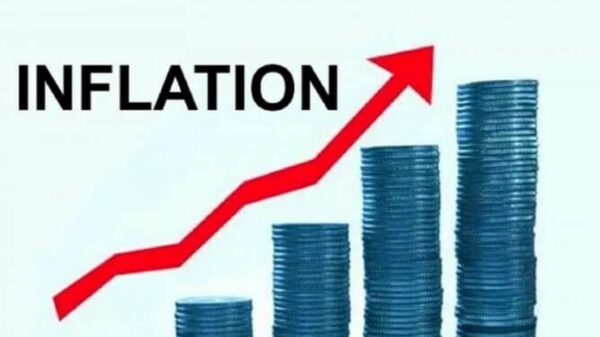

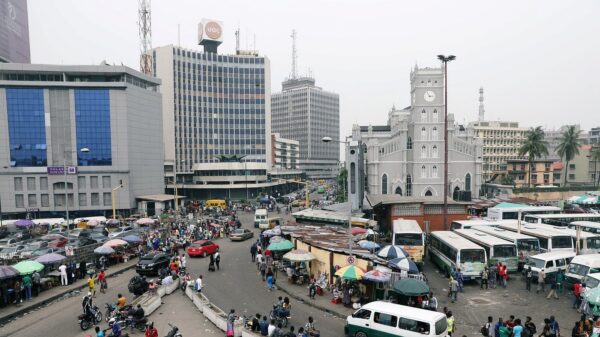




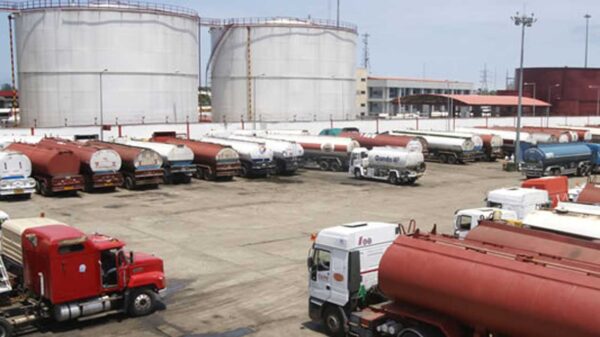



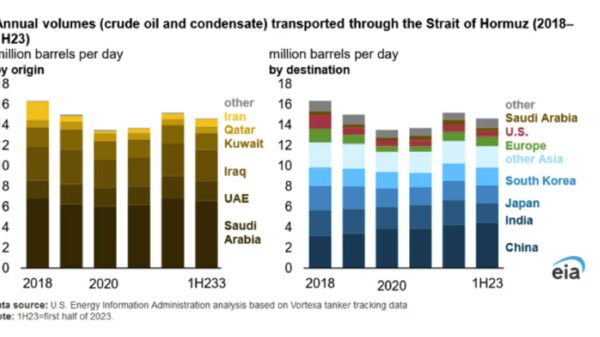
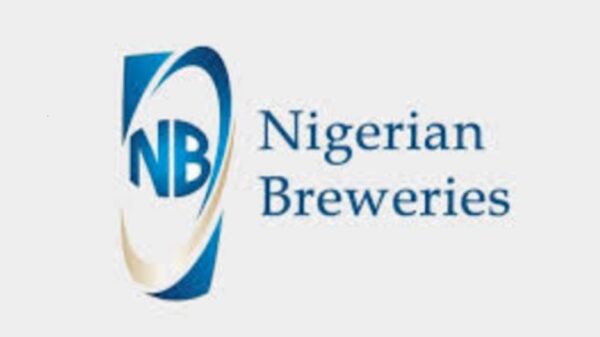


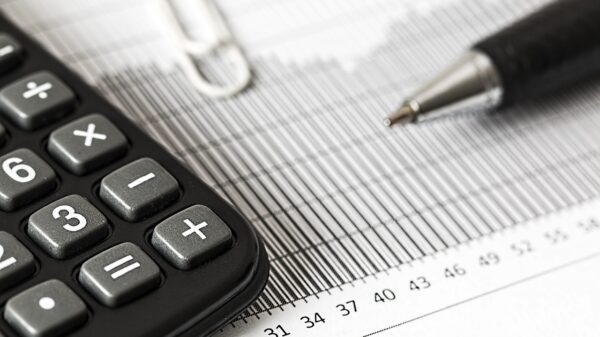
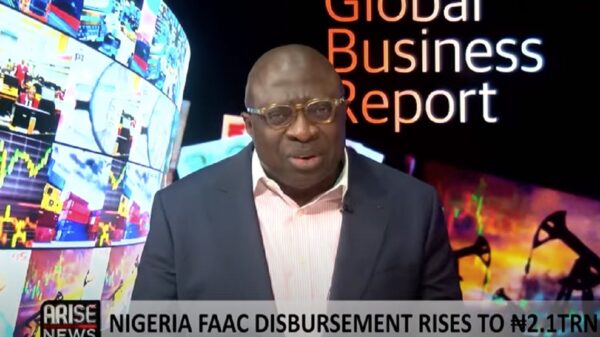
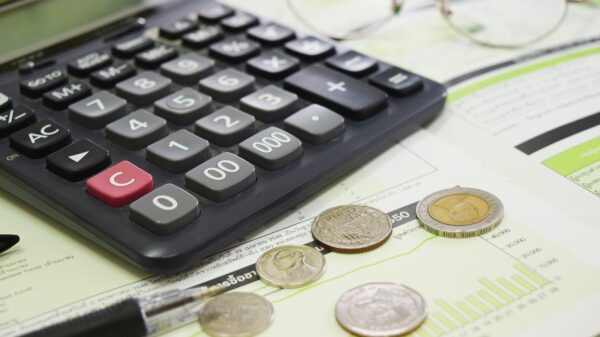

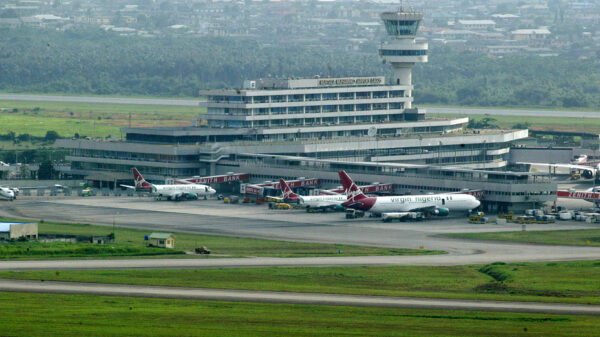



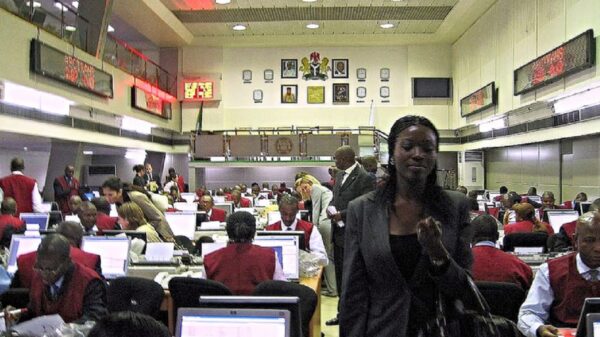
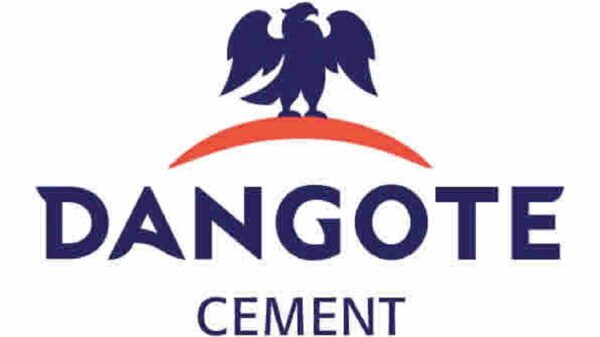
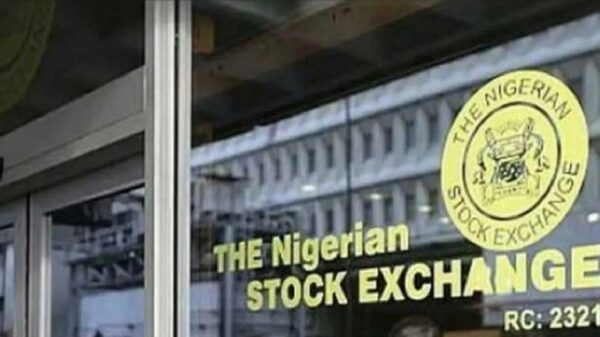
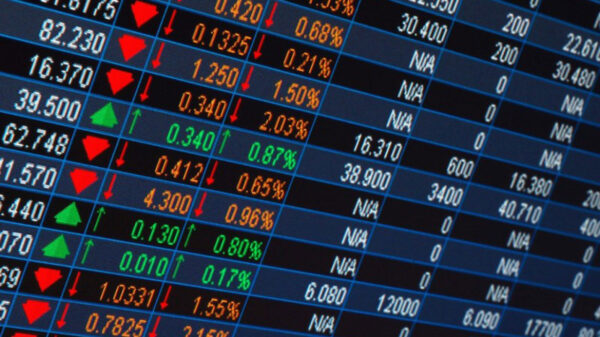

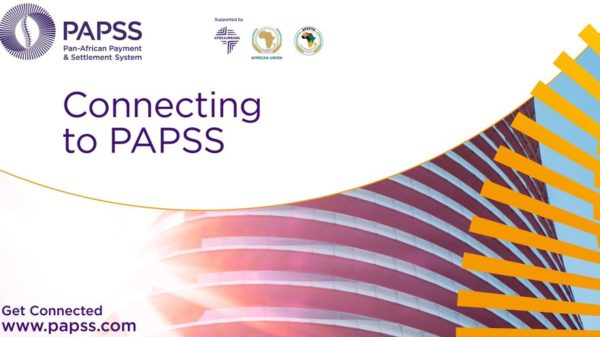

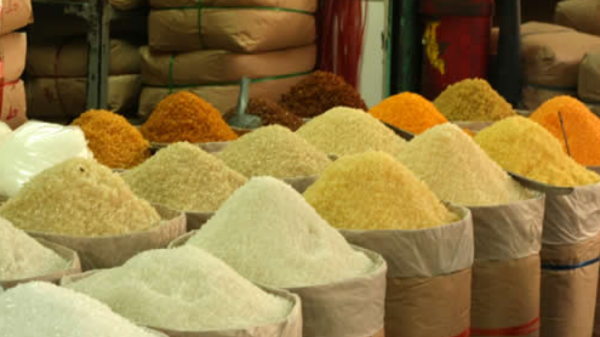
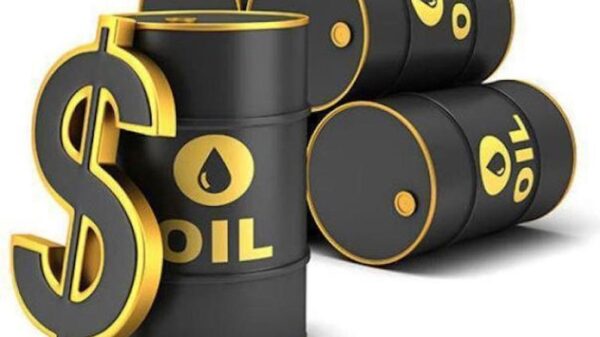
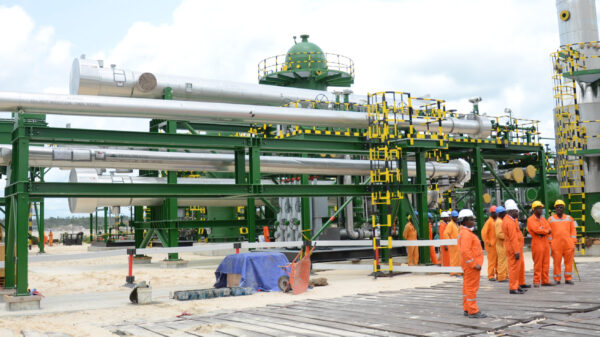
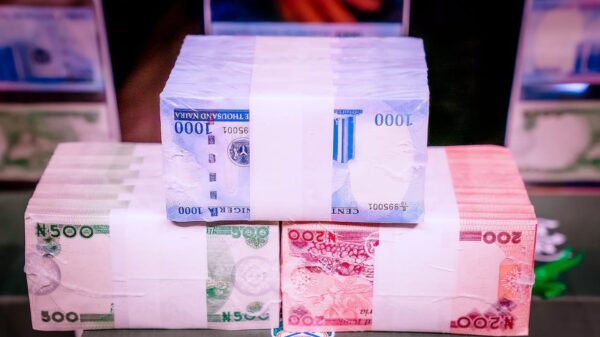
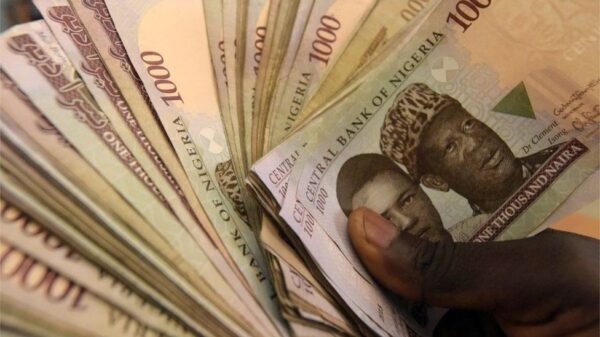
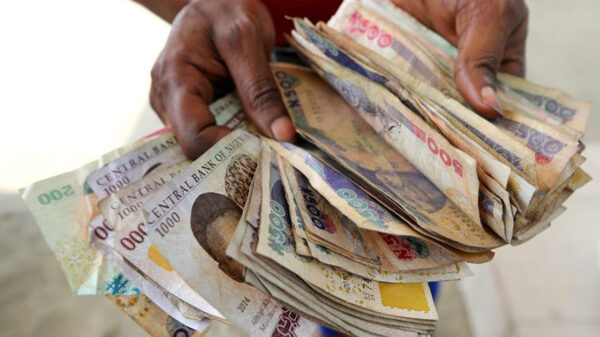
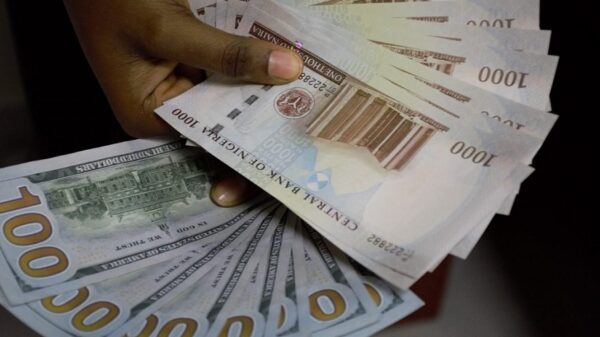

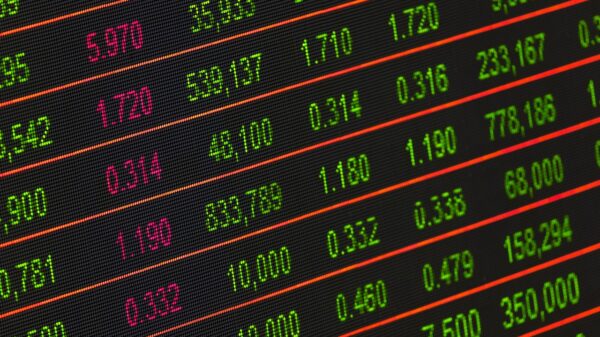

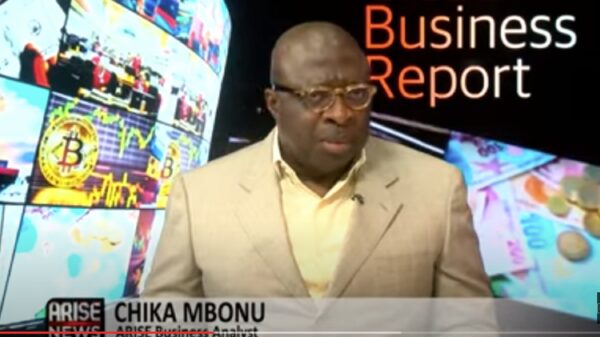
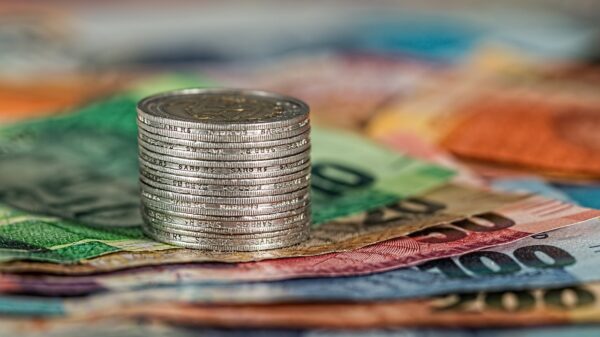

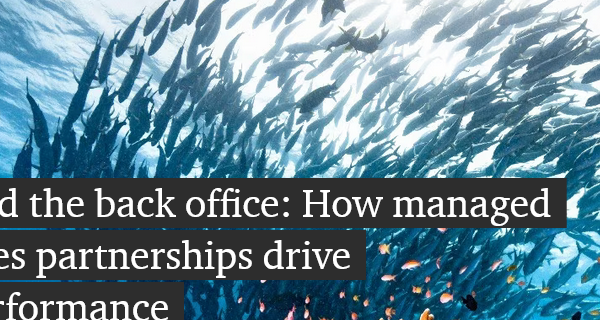
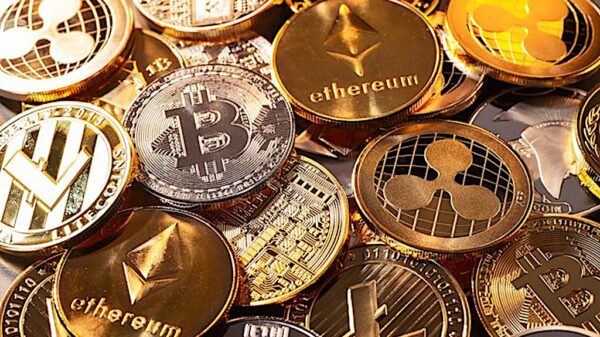


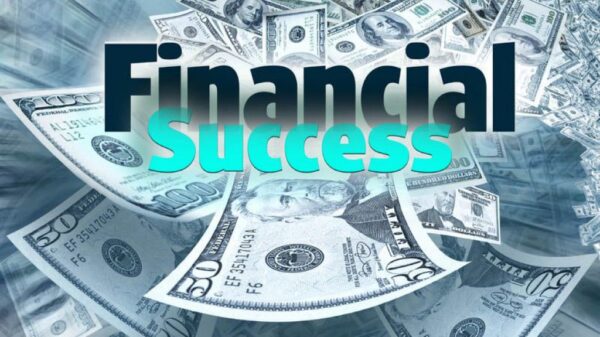
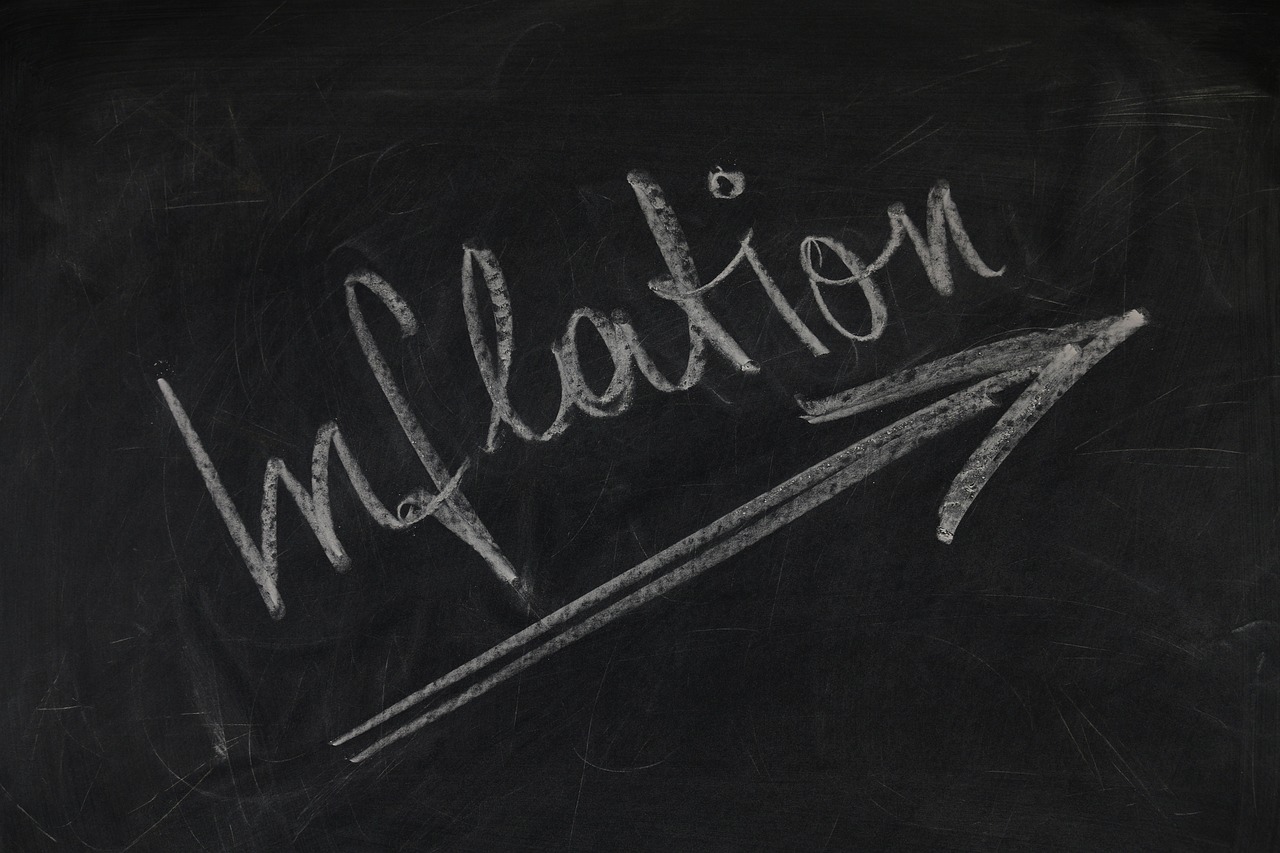


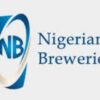

You must be logged in to post a comment Login